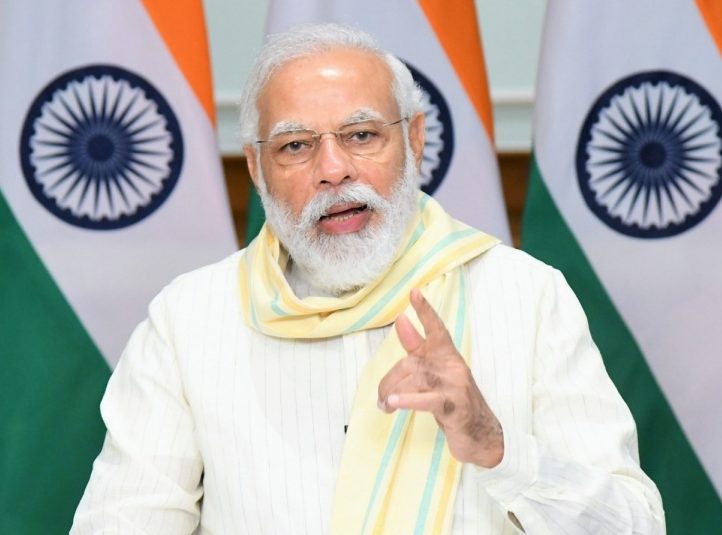
Indian and Chinese troops were engaged in a brief skirmish at the southern bank of the Pangong lake where the Chinese brought in close to 450 troops but the Indian Army said an attempt to change the status quo was thwarted.
Sources said, Chinese People’s Liberation Army troops with help of ropes and other climbing equipment started climbing at a table-top area between Black Top and Thakung Heights at Pangong Tso’s south bank.
Hearing the commotion, the Indian Army was alerted and swung into action.
Earlier, Indian intelligence agencies had alerted the Indian Army about the Chinese’s PLA plans to change the status quo in other areas along the Line of Actual Control. Thereafter, skirmishes erupted between both sides but things did not escalate. When Chinese troops saw the strength of Indian troops, the skirmishes stopped.
“Both the countries’ troops are still standing in front of each other,” said a source. To further de-escalate, a brigade commander-level flag meeting started at Chushul and it is still underway.
The Indian Army, however, has officially denied any skirmish.
In a statement, the Indian Army said that on the intervening night of August 29 and August 30, 2020, PLA troops violated the previous consensus agreed in military and diplomatic engagements during the ongoing standoff in eastern Ladakh and carried out provocative military movements to change the status quo.
“Indian troops pre-empted this PLA activity on the southern bank of Pangong lake, and undertook measures to strengthen our positions and thwart Chinese intentions to unilaterally change facts on the ground,” the force said.

The Indian Army also stated that they are committed to maintaining peace and tranquillity through dialogue, but are also equally determined to protect India’s territorial integrity.
However, China on Monday said its troops never crossed the Line of Actual Control.
At Pangong Tso, China had already strengthened its positions between Fingers 5 and 8. The PLA had refused to pull back eastwards from the 8-km stretch it occupied from Finger 4 to Finger 8 by building scores of new fortifications there since early May.
India has asked China to completely withdraw its troops from Pangong Tso. But China has refused to budge.
The mountain spurs jutting into the lake are referred to as ‘Fingers’ in military parlance.
Both countries are engaged in the current four-month-long standoff at the Line of Actual Control in eastern Ladakh. Despite several levels of dialogue, there has not been any breakthrough and the deadlock continues.
India has found that the Chinese side has started troop, artillery and armour build-up in three sectors of the LAC – western (Ladakh), middle (Uttarakhand, Himachal Pradesh) and eastern (Sikkim, Arunachal Pradesh).
China has also mobilised soldiers near Uttarakhand’s Lipulekh Pass, a tri-junction between India, Nepal and China situated atop the Kalapani Valley. India had urged China to remove its forces from Pangong Lake and Gogra where disengagement has not taken place.
Chinese troops are also present in Depsang and they continue to block Indian soldiers from carrying out their traditional patrolling in the region. The two countries are locked in the standoff at multiple points along the LAC, hitherto unprecedented.

China has changed the status quo at the LAC at various places, moving inside Indian territory. India has objected to it and is taking up the matter with China at all levels.
The troop disengagement has happened only at patrolling point-14 in Galwan Valley, the site of the June 15 clash, and patrolling point-15 in Hot Springs.
On June 15, as many as 20 Indian soldiers and an unknown number of Chinese troops were killed in a violent clash in the Galwan Valley.
Chinese aggression started increasing along the Line of Actual Control and more particularly in Galwan Valley since May 5. The Chinese side transgressed in the areas of Kugrang Nala, Gogra and north bank of Pangong lake on May 17 and May 18.









